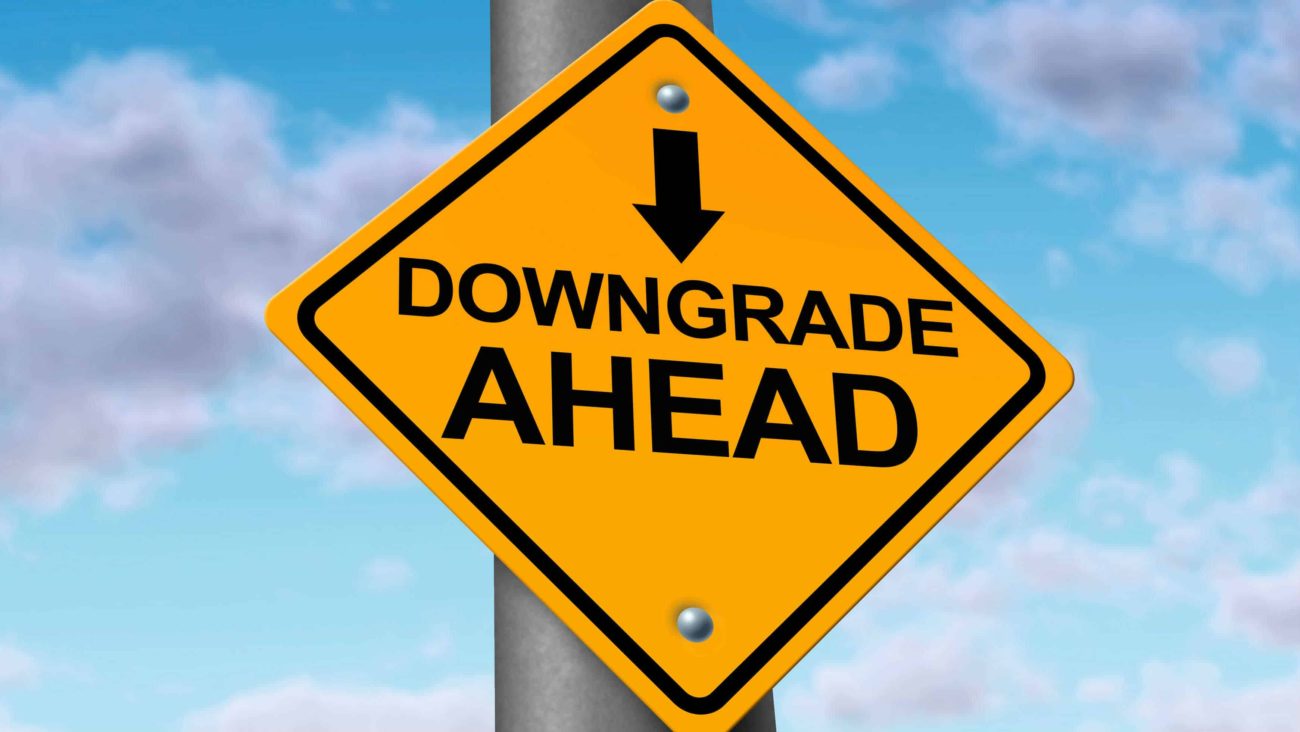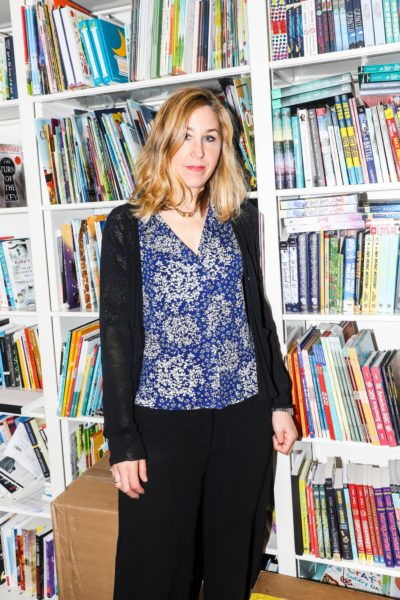Pamela Paul, editor of The New York Times Book Review, decided to downgrade her tech two years ago. It has worked out, with paper and DVDs instead of the latest apps and gizmos.
How do New York Times journalists use technology in their jobs and in their personal lives? Pamela Paul, editor of The New York Times Book Review, discussed the tech she’s using.
About two years ago, you wrote an article about how you downgraded all your tech. How did you downgrade? What do you love about having done that?
It’s easier than you might think because you can pretty effectively downgrade merely by neglecting to upgrade. You just naturally find yourself sliding backward. In my case, this shift has been deliberate, but more about making a mental adjustment than about deactivating existing technology. (Though I did permanently jettison the electric toothbrush.)
There’s a prevailing assumption that just because there’s a new high-tech version of something previously handled in a low-tech way, one should adopt that technology. I come at it from a different angle, which is to start with the need or problem and ask myself: Will this new technology substantively help? And if the upside is speed or information, my next question is: What’s the trade-off? What do I lose along with this gain, and on balance, do the gains outweigh the losses? (Possibly the only thing I learned from Econ 111.)
Quite often, I find that it doesn’t. What lands in the loss column may have to do with process, and the process of doing something can be just as valuable as the end result. I read this book last year, “Cræft: An Inquiry Into the Origins and True Meaning of Traditional Crafts.” I am in no way crafty, but this book had me yearning to thatch my own roof just to be in touch with the physical and attendant mental labor of putting something useful together. (That said, I haven’t lifted a finger.)
On the flip side, I find that many new technologies are actually far less efficient than the tools they attempt to replace. A Nook or a Kindle or iPad is, for my purposes, unequivocally worse than a printed book. You can’t flip back and forth to the photo inserts or skim easily through the index; you have no sense of page count (percentages, really?). You lose the design of the product, which is often beautiful, down to the weight of the paper and the choice of typeface. You’d have to pay me a very fancy salary to give up print for a year.

The vast majority of reviewers do, too, she said. Credit: Krista Schlueter for The New York Times
Same thing with paper calendars; they’re just better. I get irrationally impatient with the slowness with which people tap meetings into their calendars on the phone. It is at least 30 seconds faster to write it in an old-timey agenda (Levenger here). My Google calendar will always play second fiddle to this far more detailed agenda, supplemented by Post-its and a Moleskine to-do list. I trace this obsession with efficiency to the children’s book “Cheaper by the Dozen,” about a couple of efficiency experts and their brood, which I took way too literally.
Given all this, what does your tech setup look like for doing your work?
My personal life, techwise, operates in sharp contrast to and in part as ballast against my professional life. Despite working on what one might consider the most low-tech of beats, we are in a tech-oriented workplace, and our content is delivered through high-tech platforms to tech-savvy readers.
That means doing everything I can while at work to understand, adopt and assess the same tools our newsroom colleagues and our readers are using, and figure out how they can materially enhance our journalism. We were actually the first desk to have a podcast (now in its 15th year) and are part of the pilot program for Alexa, which adapts our audio content for voice users. While at work, I have 12 windows and tabs open, toggling madly between laptop and phone like every other digital drone.
As an aside: I have the ugliest but best low-tech phone case for klutzes like me who drop their phones all the time. It costs 3 euros from Ale-Hop in Madrid, and you can order it online. You will look ridiculous carrying it around but triumphant picking it up.

Ale-Hop makes “the ugliest but best low-tech phone case for klutzes like me.” Credit: Krista Schlueter for The New York Times
What’s your advice for others who want to downgrade their tech?
In general, when I hear the phrase “There’s an app for that,” my first question is, “Does there need to be?” The vast majority of new technologies are developed with a profit motive. So each new form of tech raises the question: Is this something I’m willing to pay for, whether the cost is in terms of dollars or privacy? Like many people, I chafe at the notion of my personal life being monetized.
How has the book industry’s shift toward digital publishing changed the way that The Times reviews books? And what hasn’t changed?
Strictly in terms of review process, our desk hasn’t changed much — because the vast majority of our editors and reviewers prefer to work in print.
It’s easier for an editor to assess a book without reading it in its entirety by dipping in and out. Reviewers like to mark up their galleys, which are early review copies.
That said, PDFs make fact-checking far easier and speed our process for embargoed books. We can also see early editions of visual books that aren’t available in galleys (the printing costs are too high) without having to wait for finished physical copies. And we can more readily get access to audiobooks digitally than we ever could with CDs.

“You’d have to pay me a very fancy salary to give up print for a year,” Ms. Paul said. Credit: Krista Schlueter for The New York Times
Outside of work, what low-tech product are you currently obsessed with?
I am fairly confident that I’m the last DVD subscriber to what was once called Netflix and is now DVD.com, and my queue is maxed to the 500. I don’t subscribe to any streaming services, nor does our television have an antenna set up for network TV.
This makes my decision around what to watch really easy: There are only four choices. When I go somewhere with multiple streaming subscriptions, there’s actually nothing I want to watch. As Barry Schwartz wrote in his persuasive 2004 book, “The Paradox of Choice: Why More Is Less,” we become easily overwhelmed and paralyzed when faced with too many possibilities (at least I do). It’s also easier to find old and foreign movies on DVD.
I do, however, like tech that narrows choice down. One app we recently used with much success was Happy Cow, which locates vegan dining options. It was seriously useful while traveling in Germany last summer with our 13-year-old vegan daughter.
I still regret uploading all my CDs at the behest of my husband, who is far techier than I am. Recently, I bought portable CD players for two of my kids. I think about digging out the vinyl again. Maybe I’ll pick up a “new” record player one of these days.
Pamela Paul is the editor of the Book Review and oversees books coverage at The Times. She is the author of five books, “By the Book,” “Parenting, Inc.,” “Pornified,” “The Starter Marriage and the Future of Matrimony” and most recently, “My Life with Bob: Flawed Heroine Keeps Book of Books, Plot Ensues.”



